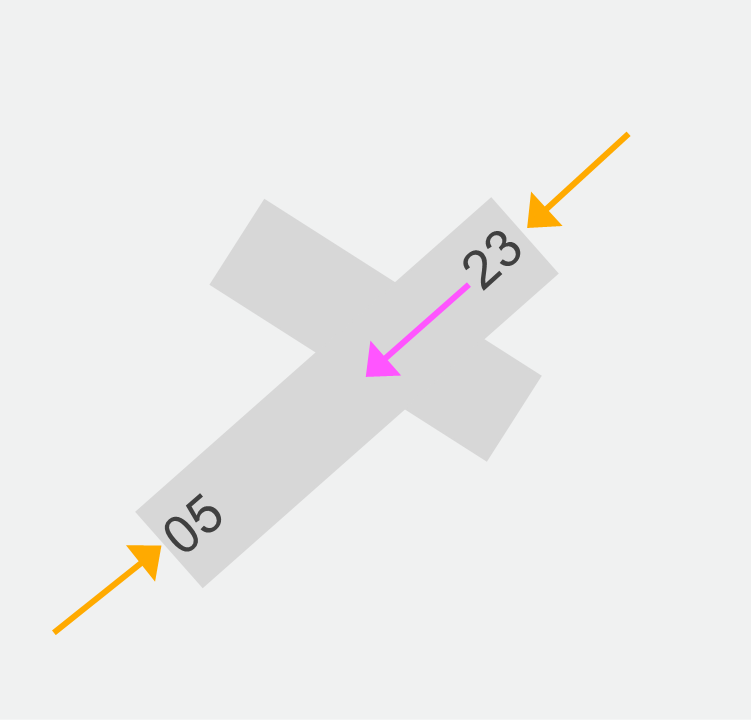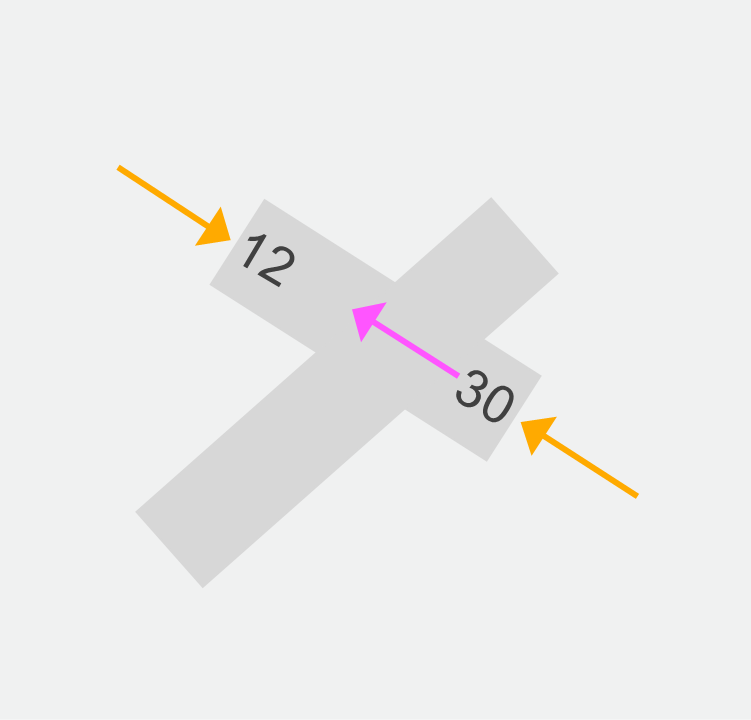Adelaide Airport NAP 1: Preferred Runway Use
The NAP lists the preferred runways during daytime hours as:
Priority 1: Arriving Runway 05/ Runway 23 and departing Runway 23
Priority 2: Arriving Runway 05 and departing Runway 05/ Runway 23
Priority 3: Arriving Runway 12/ Runway 30 and departing Runway 30
Priority 4: Arriving Runway 12 and departing Runway 12/ Runway 30
Note: Non-jet aircraft under 32,000 kg can use any runway between 7am and 9pm local time
Night-time curfew hours reporting will be added to this site by July 2025.
Adelaide’s seasonal wind patterns affect usage of the different runways. The prevailing wind is from the south for most of the year which results in aircraft arriving and departing towards the ocean most often using Runway 23. During the cooler months, aircraft arrive over the water and depart towards the city using Runway 05 more often, as the winds tend to be from the north.
Between 6am and 11pm the preferred runway is Runway 23, followed by Runway 05 as a second preference. This keeps departures, which are generally louder than arrivals, over water. If the main Runway 23/05 is not available, the preferred runway is the short cross Runway 30, and the second preference is Runway 12.
During the daytime period (6am-11pm local):

Priority 1:
Arriving Runway 05 or Runway 23, departing Runway 23

Priority 2:
Arriving Runway 05, departing Runway 05 or Runway 23

Priority 3:
Arriving Runway 12 or Runway 30, departing Runway 30

Priority 4:
Arriving Runway 12, departing Runway 12 or Runway 30

Weather, in particular wind speed and direction, is generally the main factor in determining which runways are in use, as aircraft operate safest when taking off and landing into the wind. Air traffic control (ATC) will determine the optimal runway to be used based on wind and weather conditions, type of aircraft, traffic conditions and runway availability. Pilots can also request a runway that is best suited to the capability of their aircraft.
ATC monitor wind and runway selection at all times, as weather conditions can quickly change. Once the runway is chosen, it needs to be available for an extended time to allow pilots to plan their descent, approach and landing. As this involves predicting developing weather, aircraft may continue to land on a runway when local weather conditions no longer appear to require it.
For more information on runway selection and seasonal winds, please visit this page
Adelaide Airport has a curfew between the hours of 11pm to 6am and shoulder periods exist between 11pm to 12am and 5am to 6am. Further reporting of night-time movements will be developed in 2025.
The report below provides the percentage use for each operating mode during daytime periods for each month (hover over each day in the column graph and the mode, the number of movements and the percentage use on that day will appear). “Other Operations” refers to modes used when preferred modes are not available, due to things like runway works, adverse weather and emergency situations.
The report is best viewed in full screen mode.
Note: Due to rounding, percentage values may not sum to exactly 100.0%. Minor discrepancies of up to ±0.1% are expected and do not indicate any errors in the underlying absolute figures, which remain accurate and unaffected.


